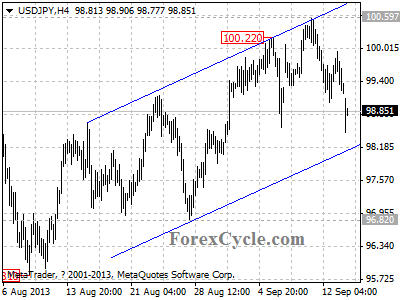By The Sizemore Letter
Two weeks ago, I highlighted two REITs with large insider buying, American Realty Capital Properties (ARCP) and Annaly Capital (NLY). Today, I’m going to continue this theme with a quick discussion of MLP general partner Kinder Morgan Inc (KMI).
The “Kinder Morgan companies” refer to Kinder Morgan Energy Partner (KMP), one of the largest and most popular MLPs among income investors; Kinder Morgan Management (KMR), a sister company that pays its dividend in stock; El Paso Pipeline Partners (EPB), a more recent addition to the Kinder Morgan family; and Kinder Morgan Inc., the general partner responsible for the operations of the whole lot. Collectively, they are worth a hefty $90 billion in market cap.
Richard Kinder started the Kinder Morgan empire with pipeline assets tossed away by Enron, and he’s not your typical CEO. He doesn’t take a lavish salary, and he actually reimburses the company for the cost of his health insurance premiums. His income is based on the dividends he earns through his holdings of KMI.
Oh, and about that: Kinder just spent $18 million of his own money buying shares on September 9.
And he wasn’t the only insider buying. On the same day, another officer bought nearly $100,000 in new shares. And in the month of August, Fayez Sarofim, a director and one of the company’s biggest shareholders, bought about $15 million in new shares.
Like most income-oriented investments, KMI got hit hard as the market became fixated on Fed tapering. But I’ll trust the inside knowledge of the company’s directors before I trust the collective “wisdom” of an emotionally-charged market.
Action to take: Buy share of KMI and collect the 4.5% dividend. Plan on holding for 12-18 months or for total returns of 50%-100%. Use a 20% trailing stop as risk management.
This article first appeared on TraderPlanet.
Charles Lewis Sizemore, CFA, is the editor of the Sizemore Investment Letter and the chief investment officer of investments firm Sizemore Capital Management. As of this writing, he was long ARCP, KMI and WMB. Click here to learn about his top 5 global investing trends and get your copy of “The Top 5 Million Dollar Trends of 2013.”
This article first appeared on Sizemore Insights as Kinder Morgan: Insiders Backing Up the Truck




